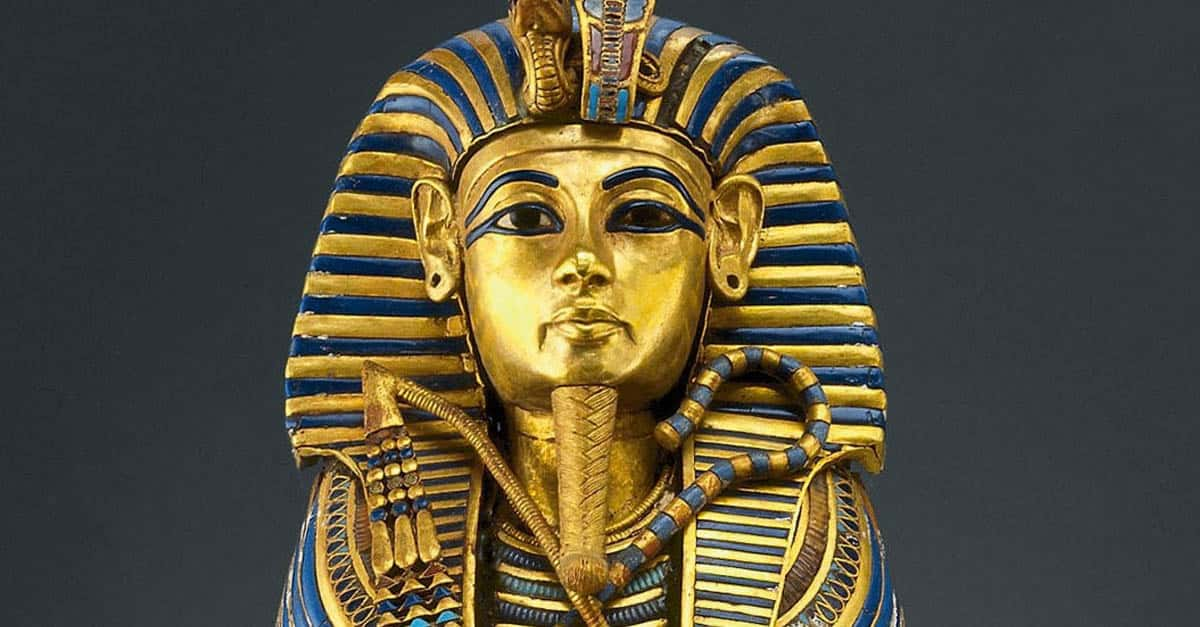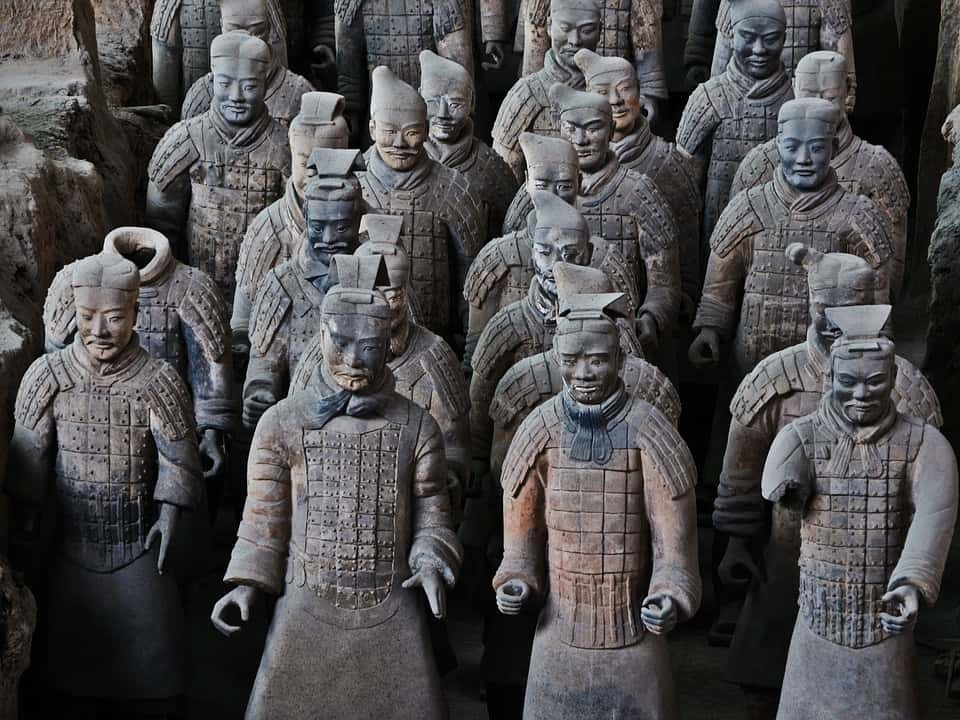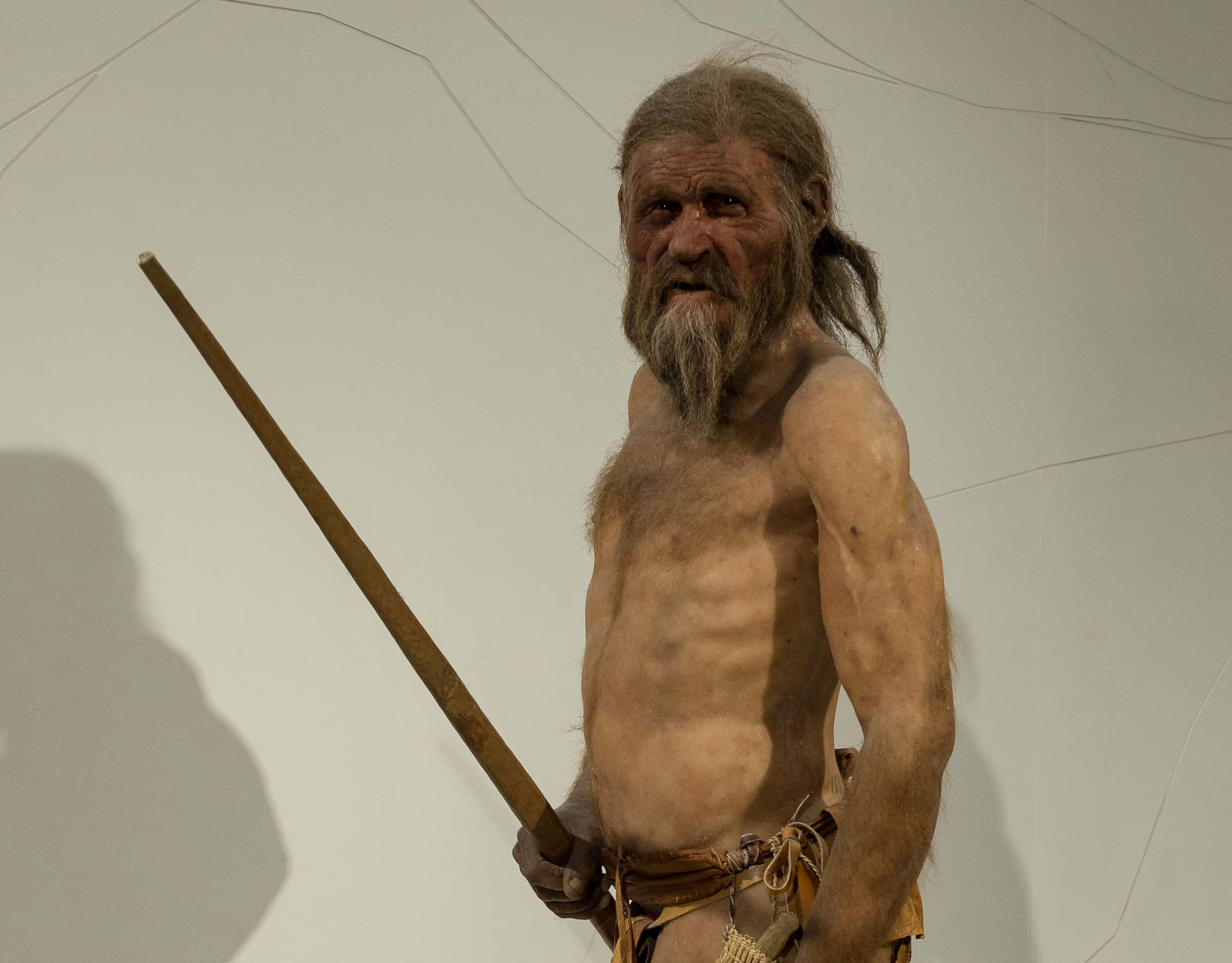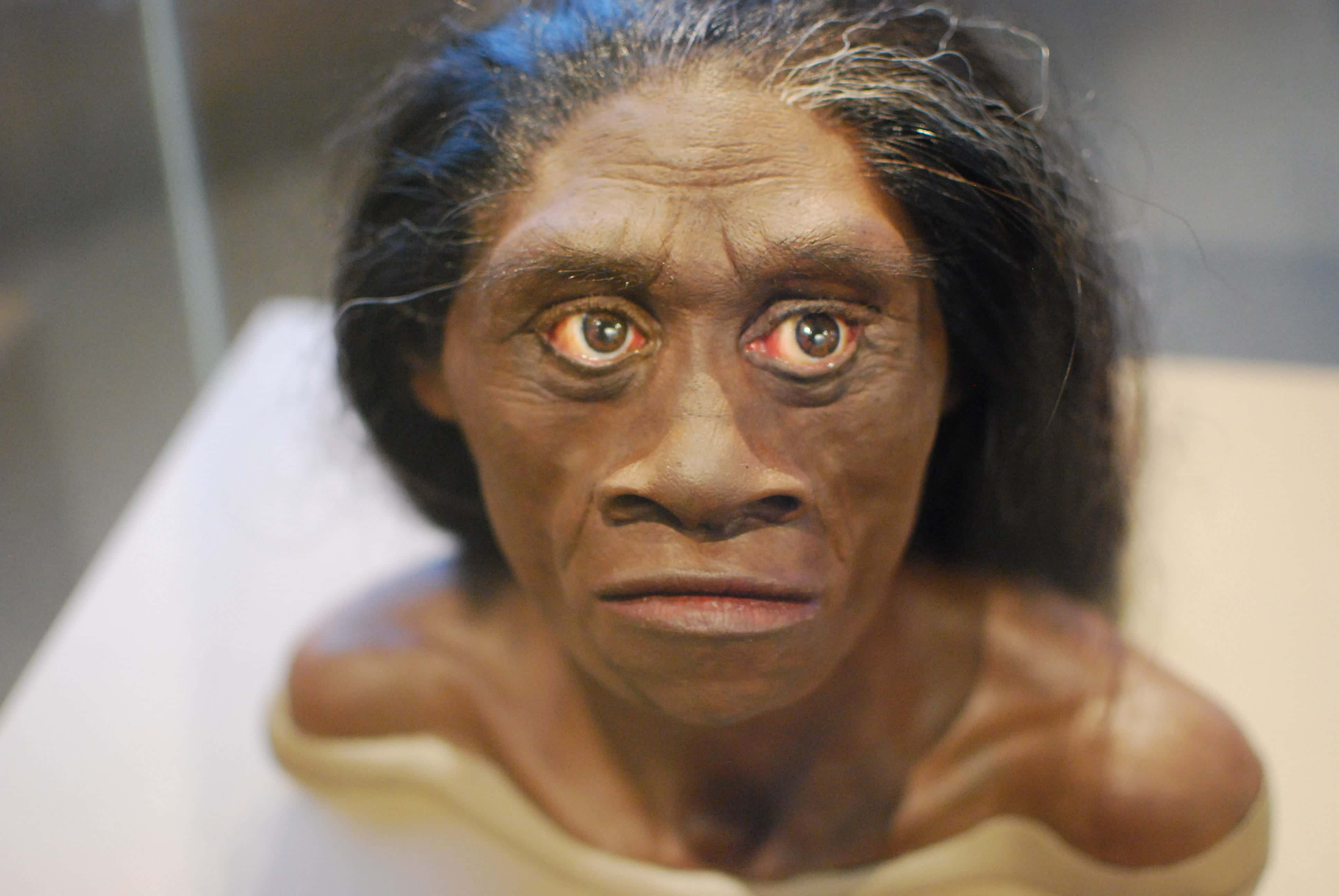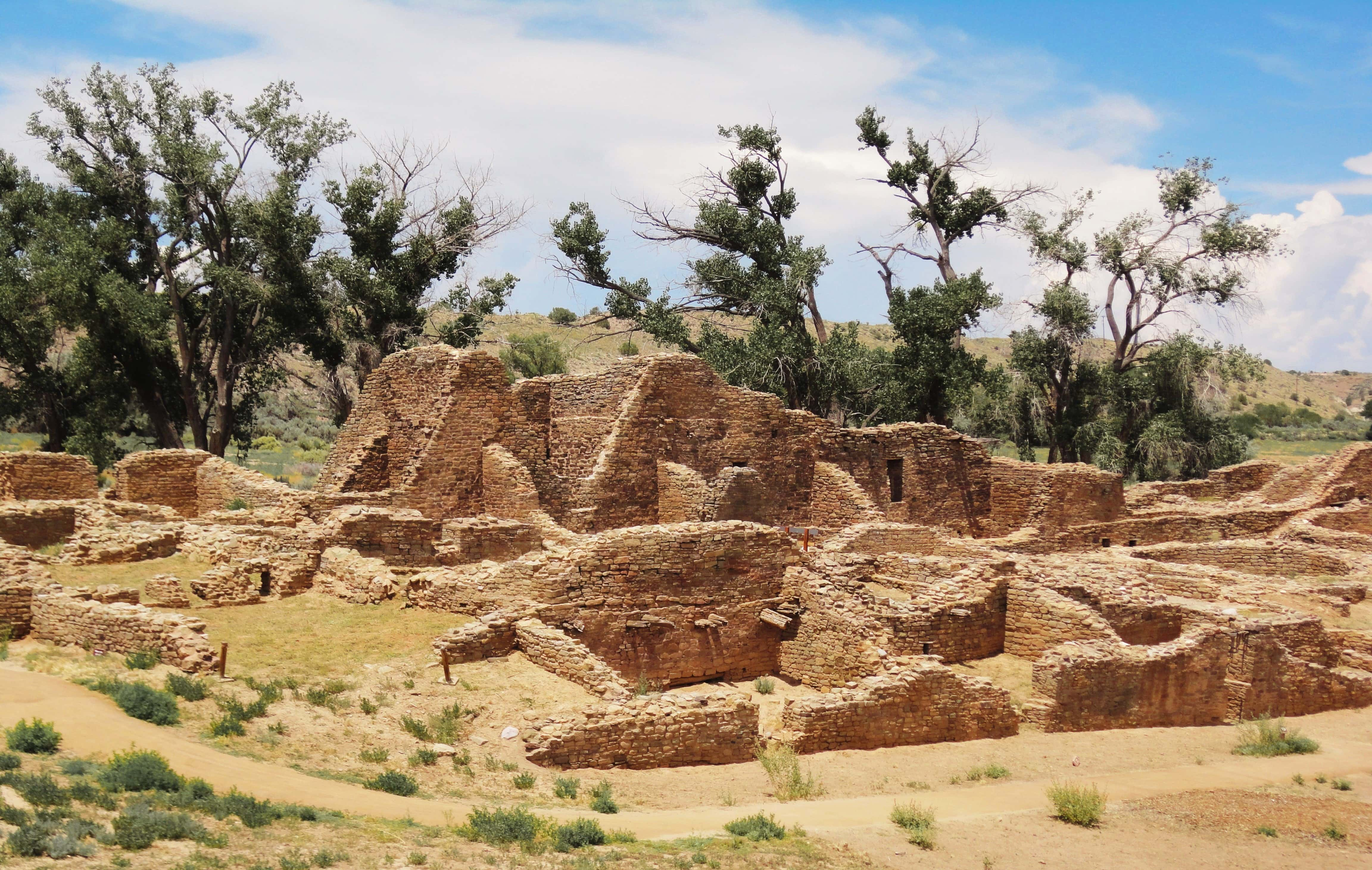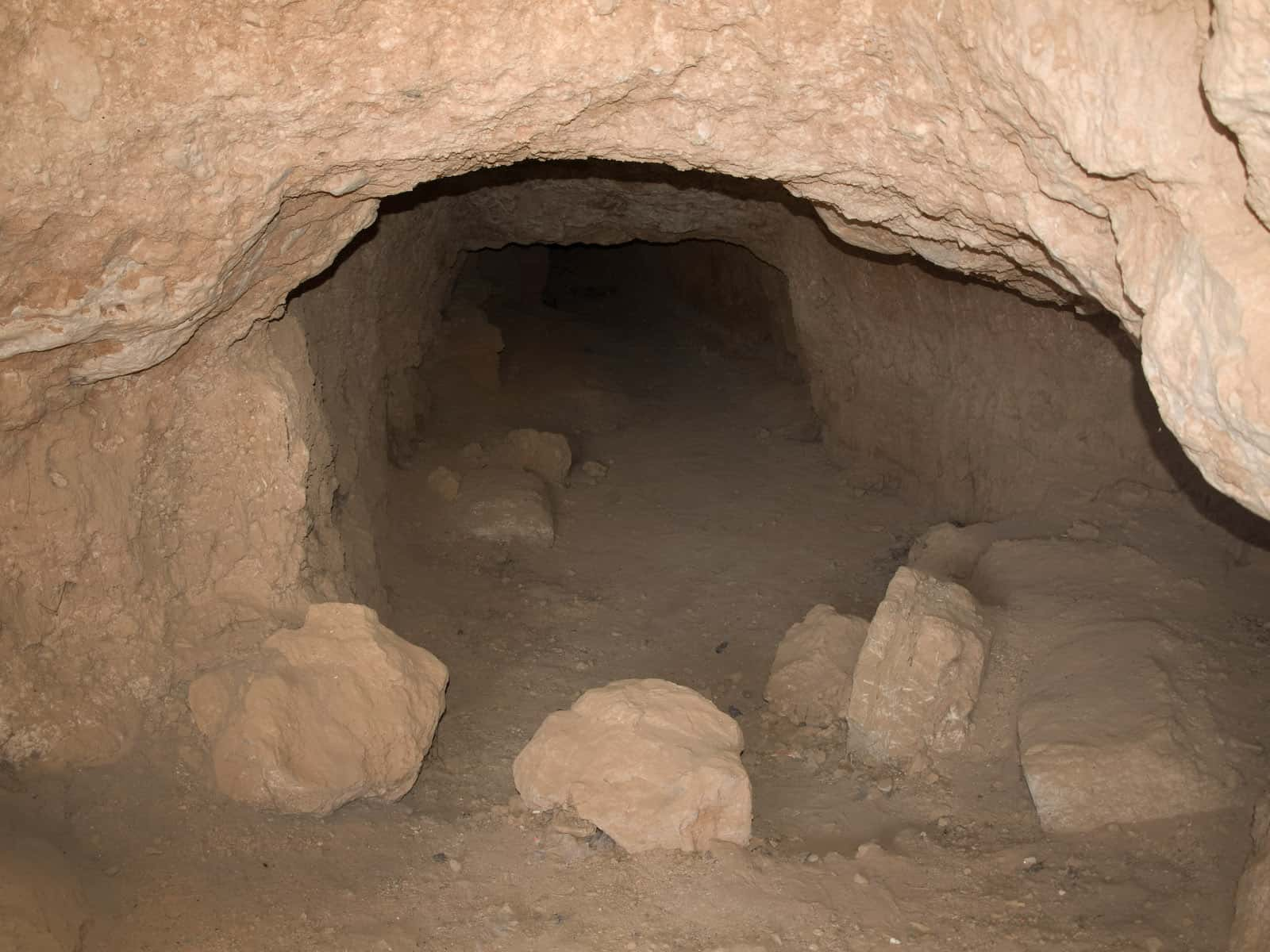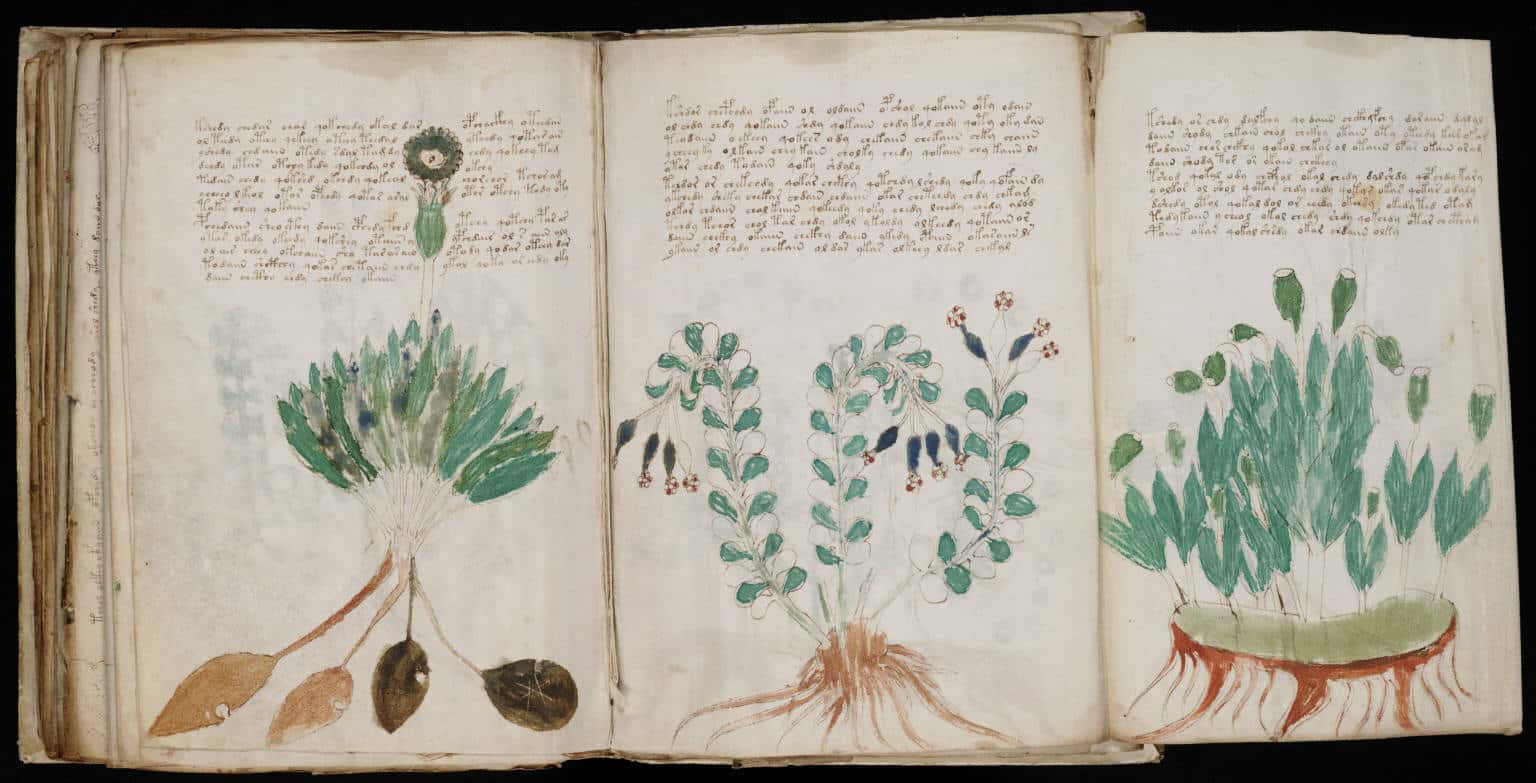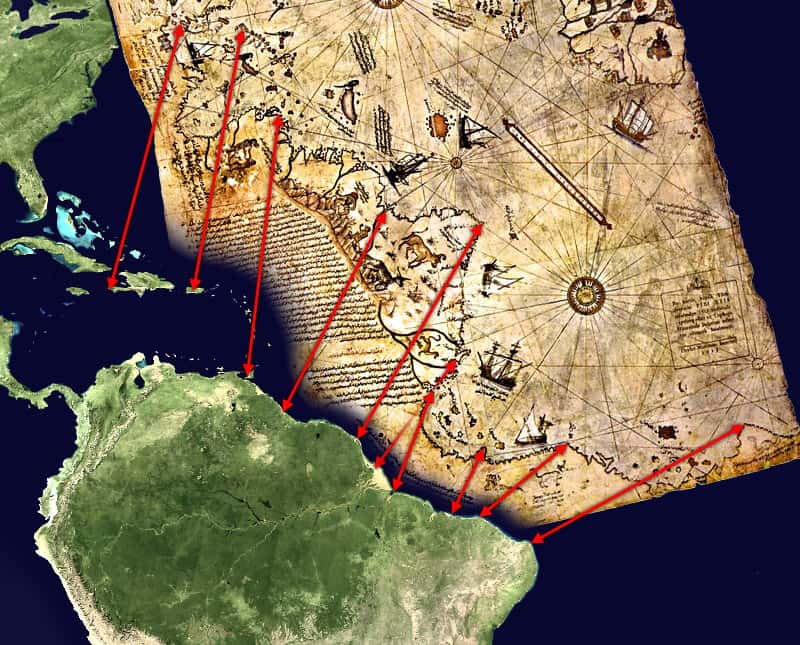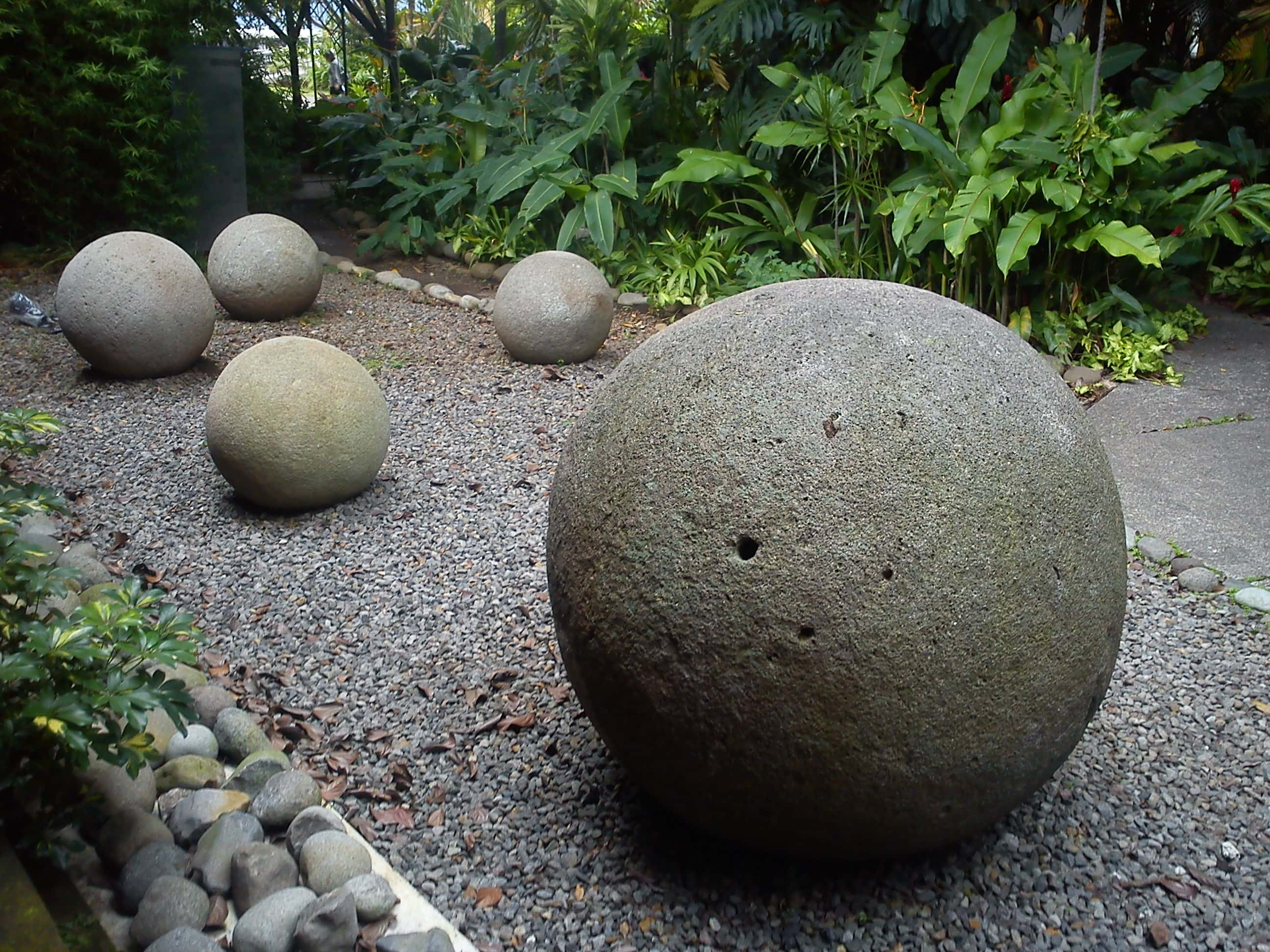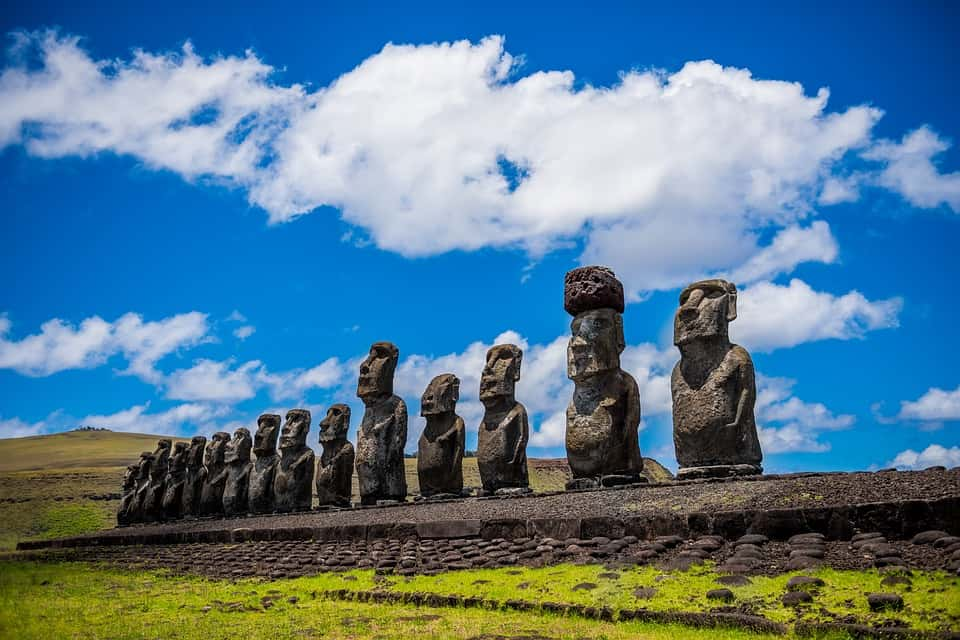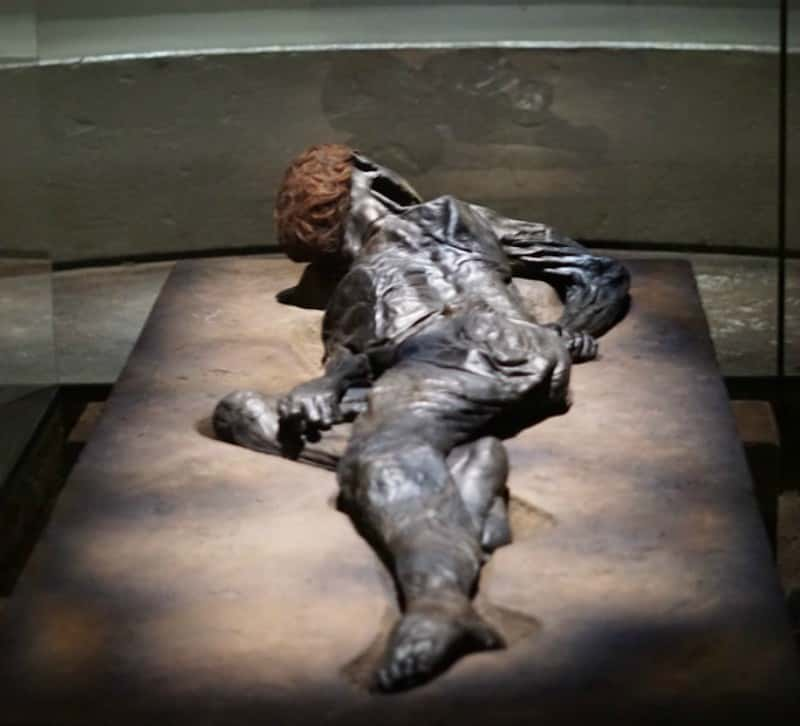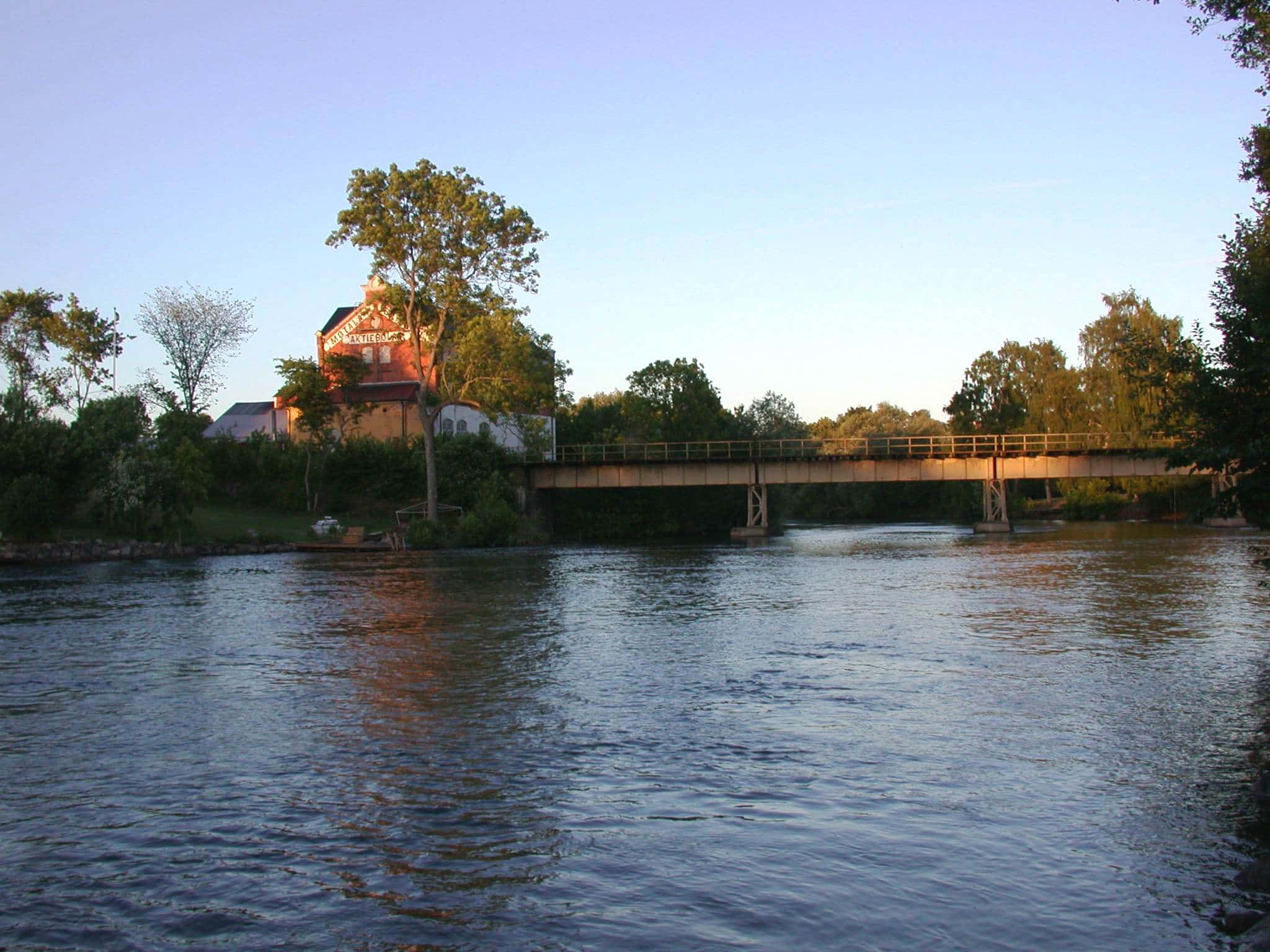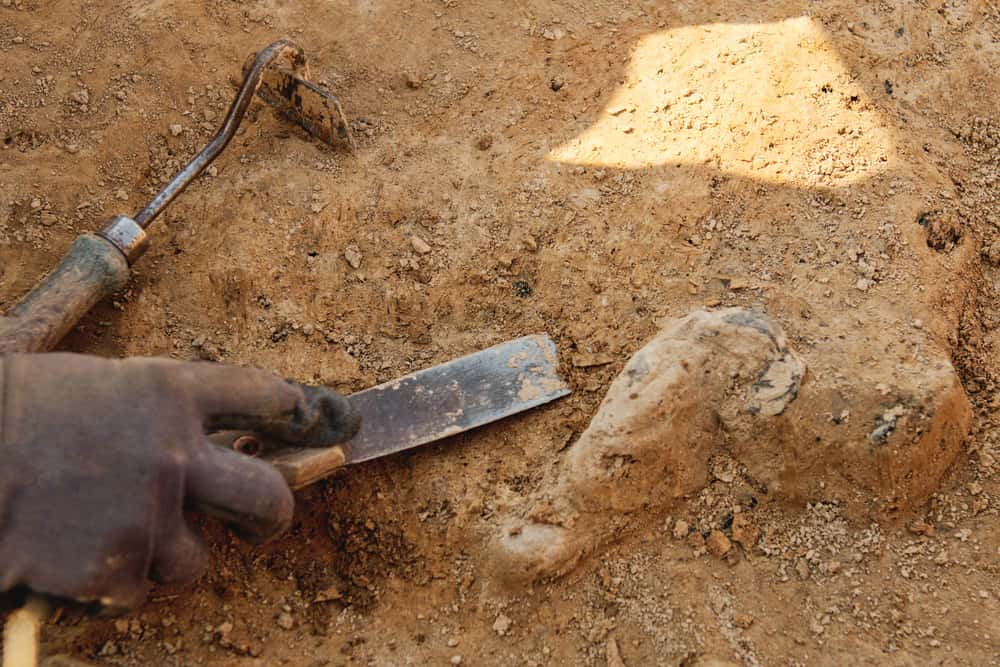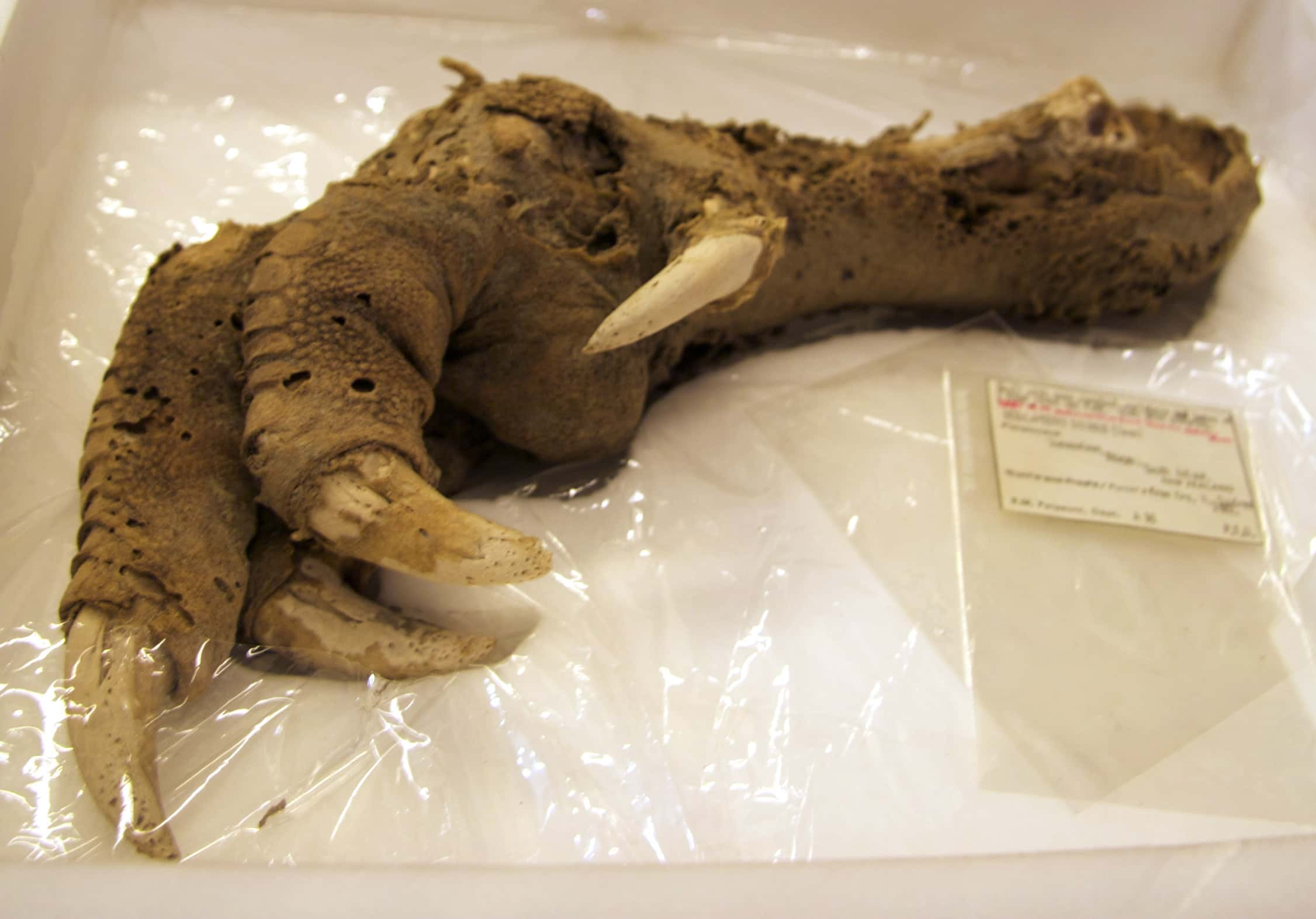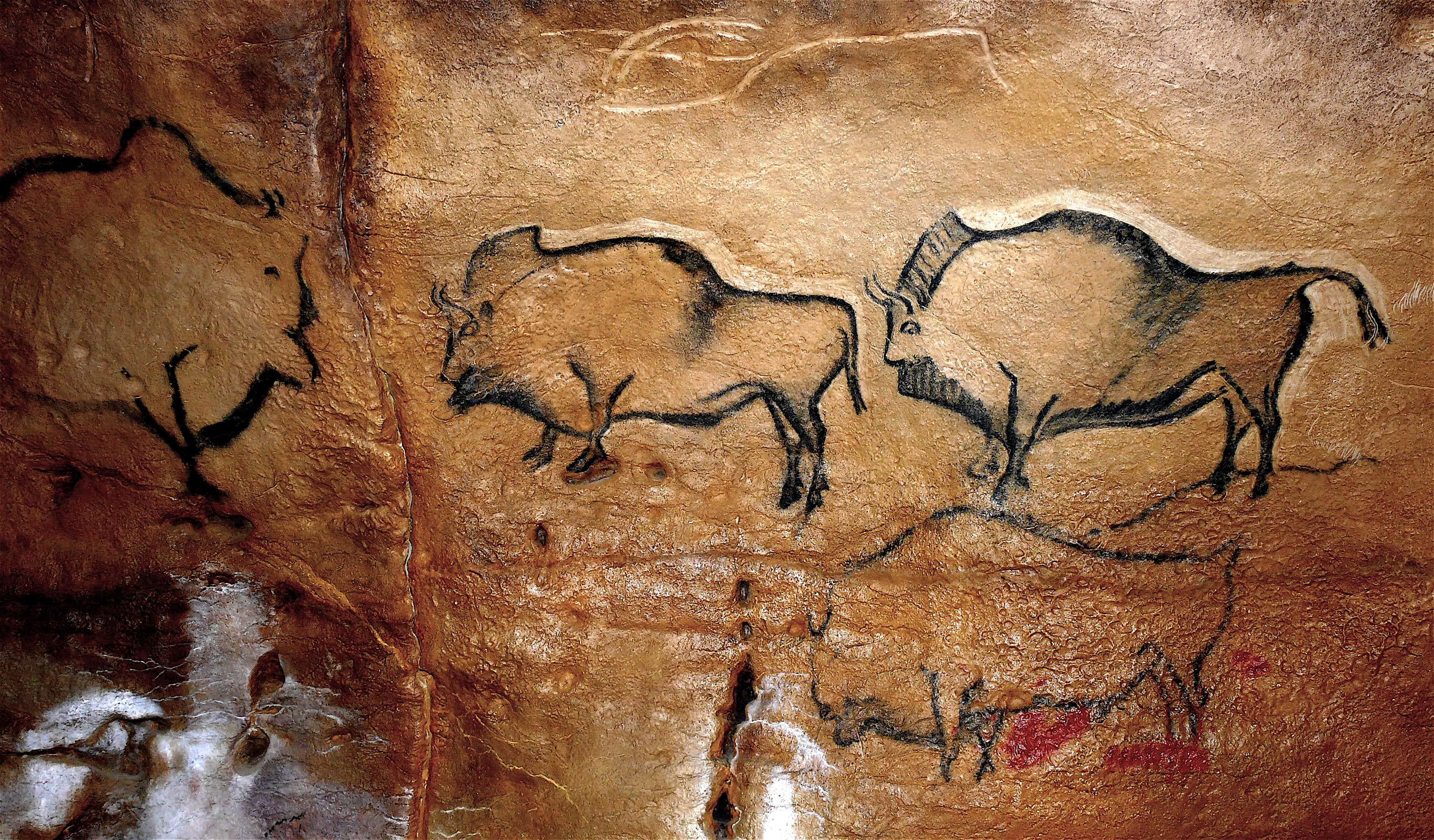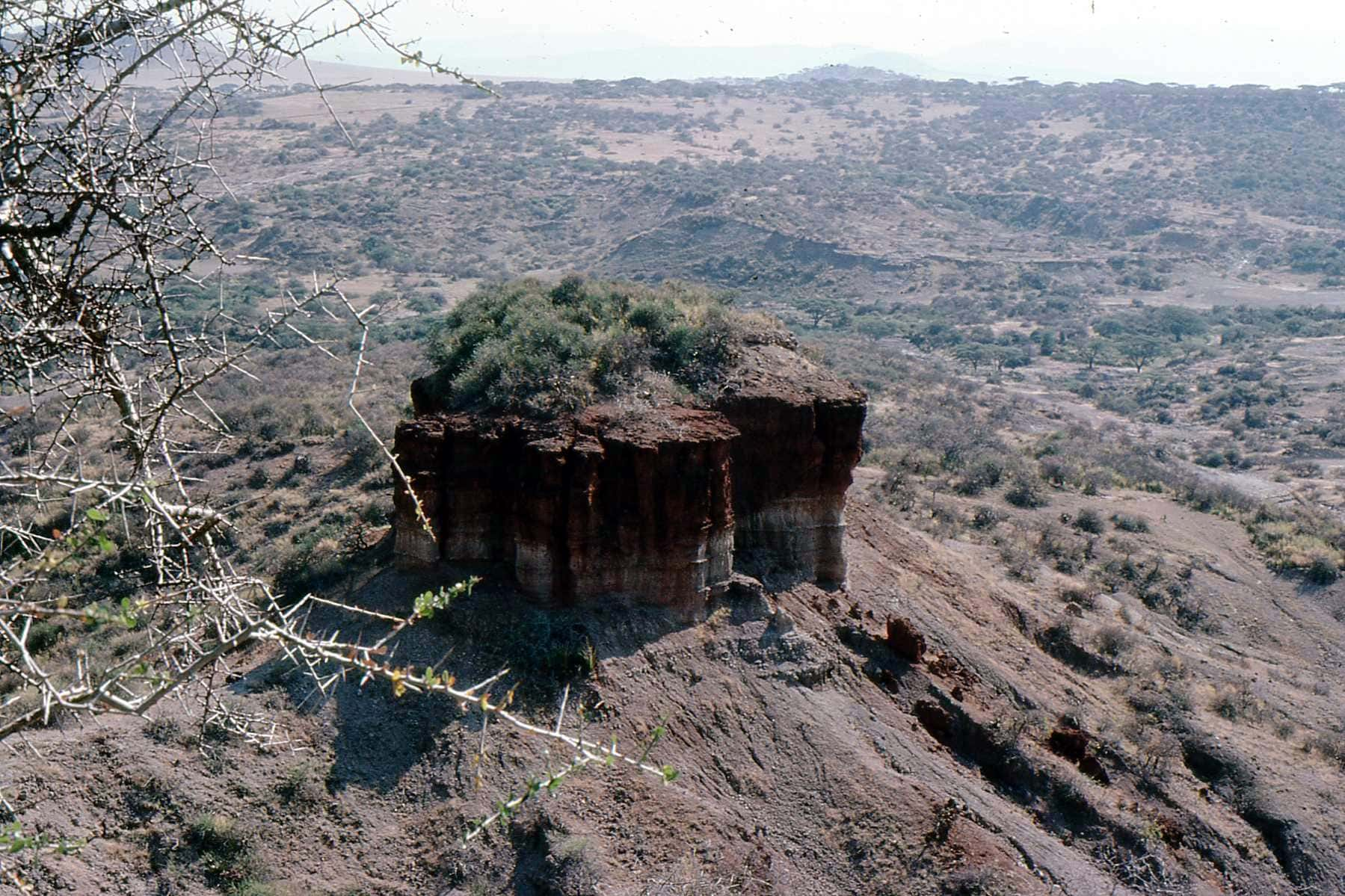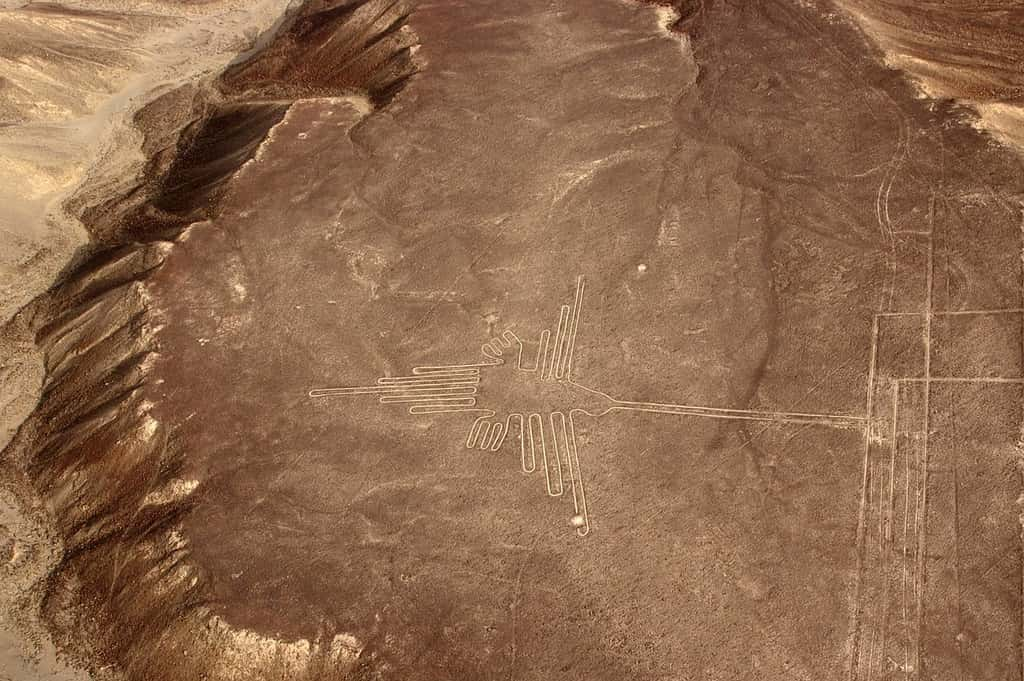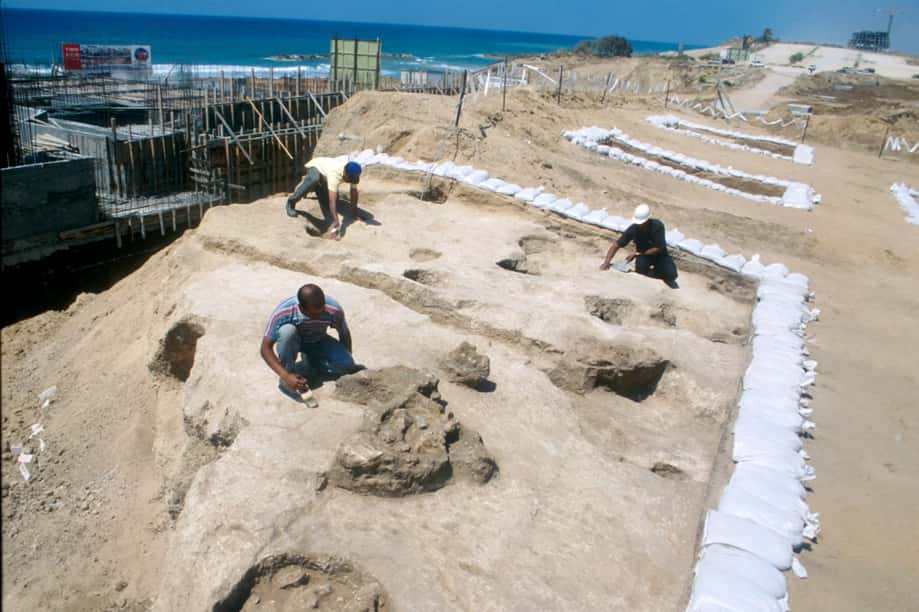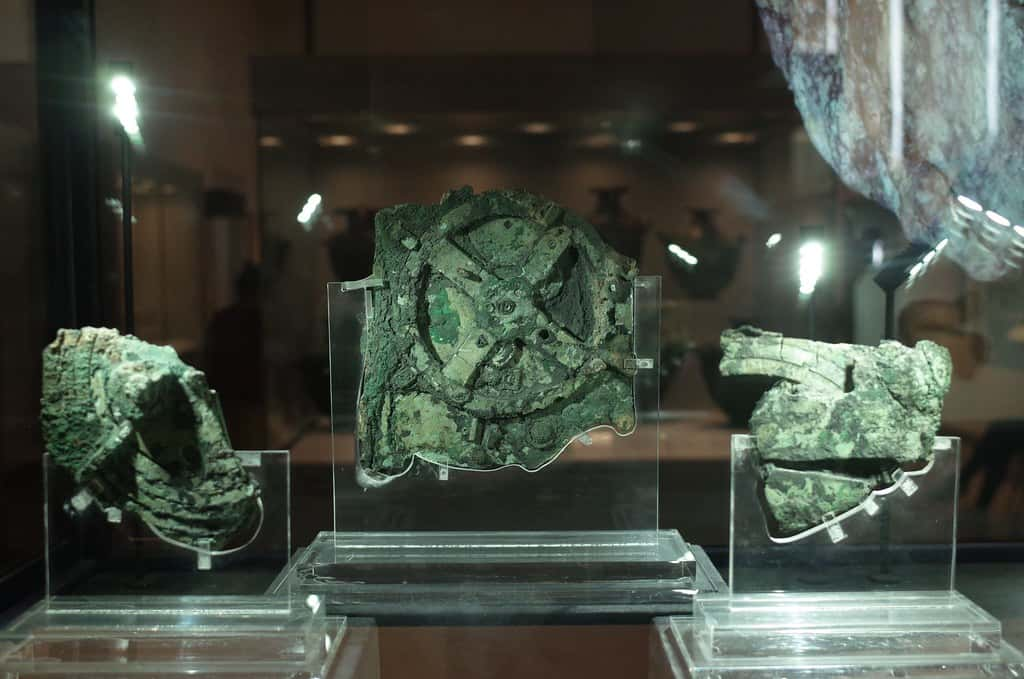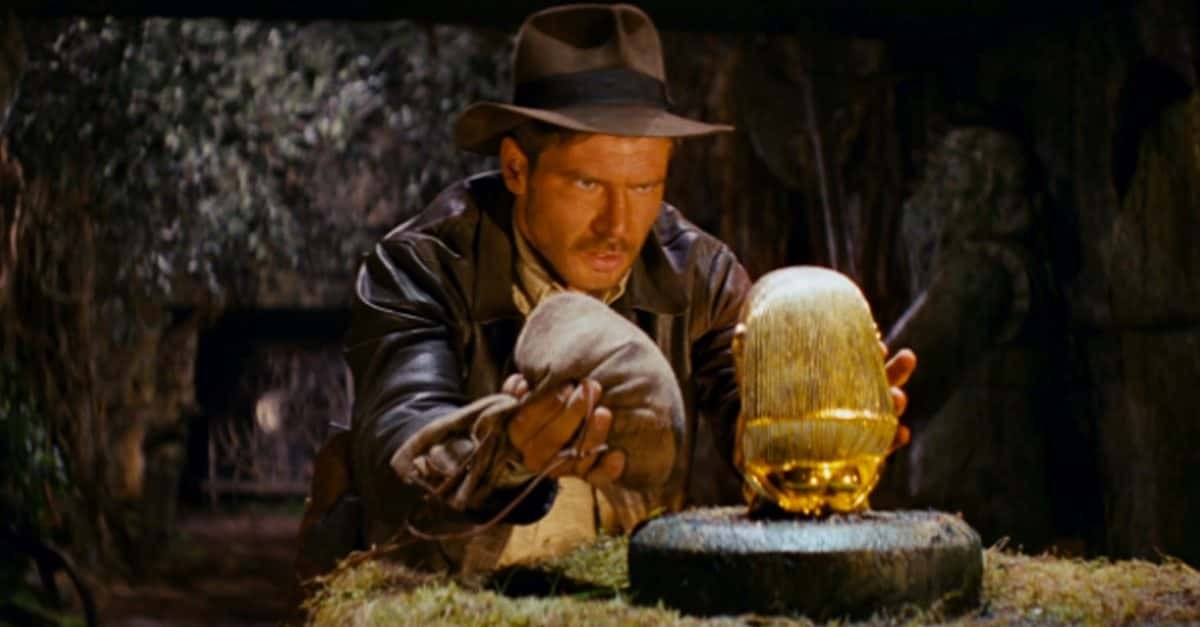We all love a good ancient archeological discovery. There's just something about the idea of uncovering a buried treasure that has fascinated people for centuries. New discoveries can fill us with wonder and amazement at past human civilizations, and it’s always astonishing to see what they were able to accomplish. Let’s take a look at some of our most remarkable discoveries!
Archaeological Discoveries Facts
23. Claymation Attack
The Terracotta Army, discovered in the Shaanxi province, China in 1974, is probably the most elaborate funerary art ever uncovered. Comprised of over 8,000 life sized detailed soldiers as well as other figures, the army was sculpted to accompany the first Qin emperor into the afterlife. The Terracotta Army is a part of a 98-square-kilometer mausoleum believed to be a replica of the city, though no one has entered the entire necropolis due to concerns over preservation and booby traps.
Factinate Video of the Day
22. Ahh! Real Mummies!
In 1886, Gaston Maspero found an unwrapped mummy, now known as Unknown Man E, in a seemingly tortured position with his mouth unhinged; if you don’t strap the chin to the skull, the mummified mouth will fall open into a terrifying position. DNA evidence suggests that this mummy was actually a Prince Pentawere of Egypt. Pentawere participated in a failed plot against his father, Pharoah Ramesses III, and killed himself, leading to a hasty mummification process.
21. Murder Mystery
Ötzi the Iceman was found in 1991 by hikers climbing a glacier in the Ötzal Alps. Frozen for over 5,000 years, he has been the subject of intense research; Ötzi is the oldest known natural human mummy. Before his death, he was struck by an arrow, which pierced an artery in his shoulder. He also received a blow to his head during the attack, and had the blood of at least four other people were found on his clothes.
20. The First Vampire
As Europe was ravaged by the plague, vampires were offered up as an explanation for the disease. Decomposition was not yet fully understood, so when gravediggers came across corpses and found their hair still growing and blood coming out their mouths, the diggers thought they were undead. These suspected vampires also became known as “shroud eaters,” as the shrouds used to cover their faces often deteriorated from bacteria, which exposed their teeth. People believed that to stop a vampire you had to stuff its mouth with something inedible. Thus when archaeologists found corpses with bricks in their mouths, they confirmed at least one of the origins of the vampire myth.
19. Did Hobbits Exist?!
It seems J.R.R. Tolkien’s The Hobbit may not be entirely fantasy: In 2003, the bodies of petite humans were found on the Indonesian island of Flores, leading to the discovery of a new human species, the Homo floresiensis. The bodies measured up to about 1.06 meters tall and were dubbed, naturally, hobbits.
18. Bloody Sacrifices
Aztec sacrifices were the stuff of legends—until researchers discovered 12 mangled and decapitated bodies, along with symbolic animals, inside a tomb in the Pyramid of the Moon of the ancient city of Teotihuacan. This is evidence that sacrifices were a part of a political ritual during the Aztec rule.
17. Chemical Warfare Done The Ancient Way
In 1933, while digging through an ancient battlefield of the Persians and Romans, Robert du Mesnil du Buisson excavated a series of siege tunnels typical of warfare from the time. As he continued digging, he came across 19 Roman bodies on one side of the tunnel in fleeing positions. On the other side of the tunnel was a single Persian soldier clutching at his armor. It is believed that during the battle, the Roman soldiers heard the digging and decided to surprise the Persians. However, in one of the earliest instances of chemical warfare, the Persians set a trap and attacked the Romans with burning sulfur and bitumen. One unlucky Persian got caught in his own side’s trap.
16. The Fastest Way To Learn A Language
The Rosetta Stone is one of the most important and famous discoveries of all time. It was rediscovered by French soldiers in 1799 while rebuilding a fort in Egypt. The ancient slab contains a royal decree from Ptolemy V, ruler of Egypt, in 196 B.C. What makes the stone so important? It is inscribed in three languages: Ancient Egyptian hieroglyphs, Ancient Egyptian demotic script, and Ancient Greek. This allowed Ancient Egyptian hieroglyphs to be translatable for the first time, leading to a greater understanding of Egyptian civilization and history.
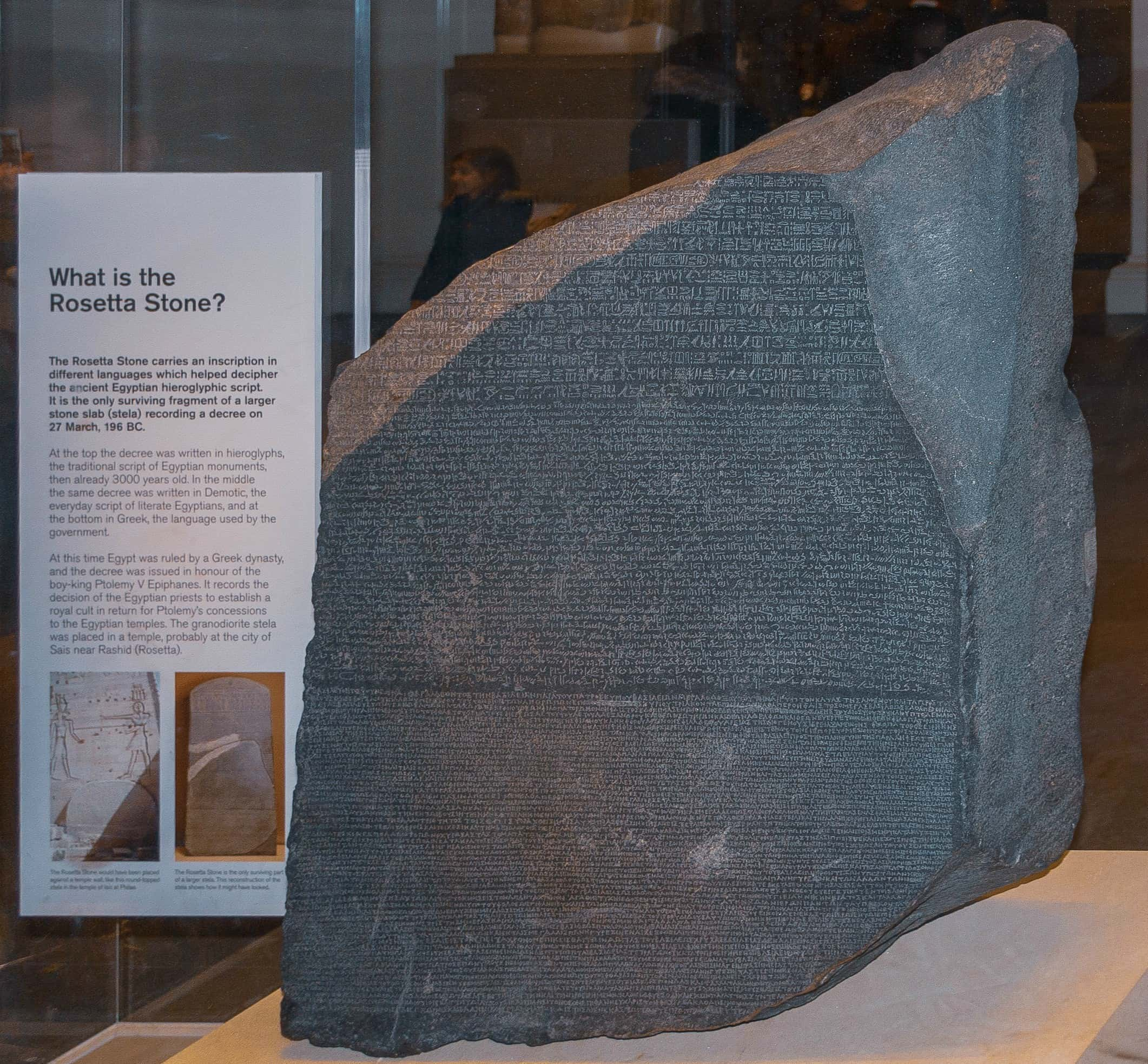 Wikimedia Commons, Øyvind Holmstad
Wikimedia Commons, Øyvind Holmstad
15. Lost Epics
You may remember having to read one of the earliest works of literature, the Epic of Gilgamesh, back in high school, but did you know that it unknown until the 1850s when archeologists uncovered a treasure chest of clay tablets from the seventh century B.C.? More than 30,000 texts, from literature to legal documents, were discovered along with Gilgamesh.
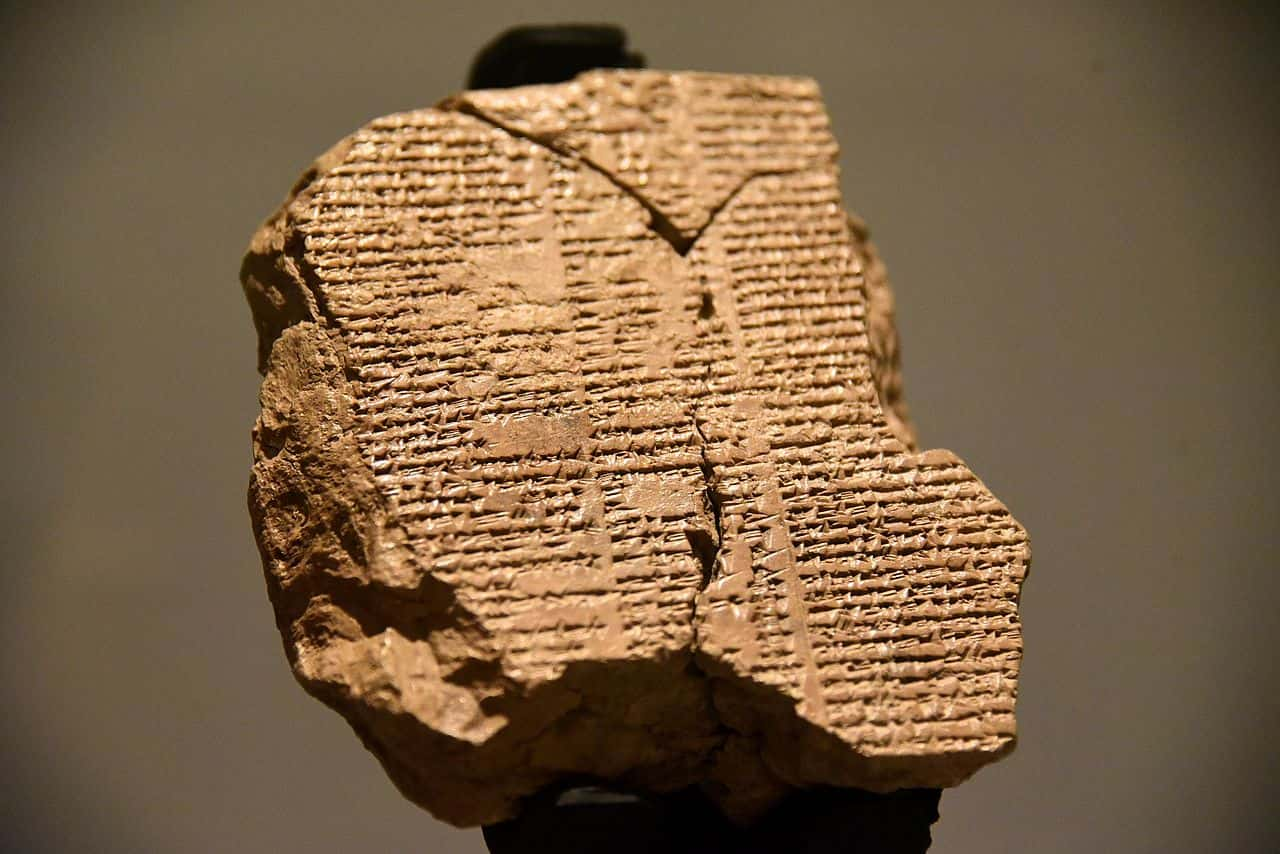 Wikimedia Commons, Osama Shukir Muhammed Amin FRCP(Glasg)
Wikimedia Commons, Osama Shukir Muhammed Amin FRCP(Glasg)

History's most fascinating stories and darkest secrets, delivered to your inbox daily.
14. The Original Bible?
Vying for supremacy with the Rosetta Stone as the most important archaeological discovery of the 20th century are the Dead Sea Scrolls. Found by shepherds in the West Bank, the scrolls are the second-earliest known writings of the Hebrew Bible, dating back to 408 B.C.
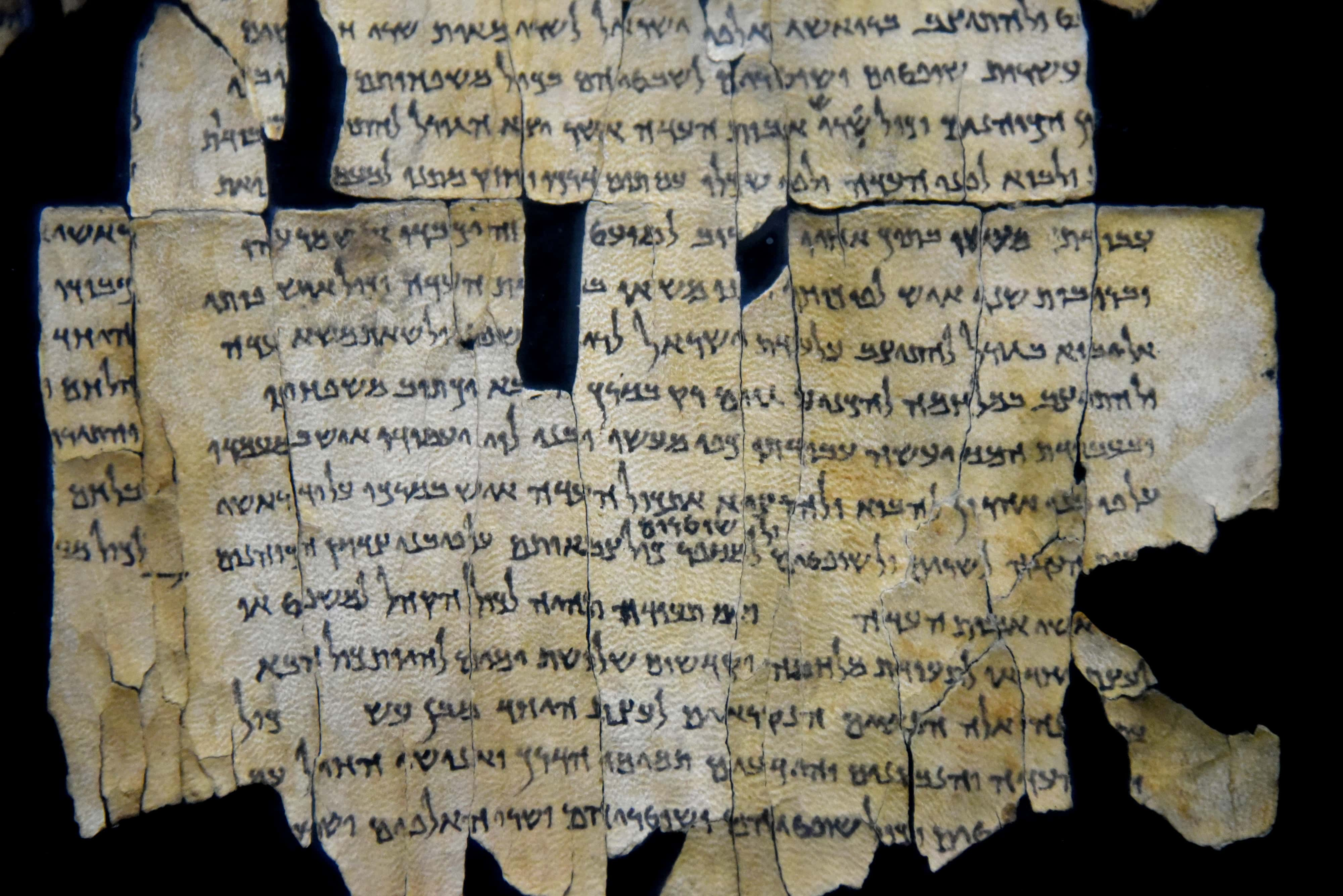 Wikimedia Commons, Osama Shukir Muhammed Amin FRCP(Glasg)
Wikimedia Commons, Osama Shukir Muhammed Amin FRCP(Glasg)
13. Forgotten or Fraud?
In the early 1900s, Wilfrid Voynich acquired a mysterious early 15th century book, now called the Voynich manuscript, full of abstract images on medicinal herbs, women, astrological signs and fauna written in an unknown language. The book seems to be either a treatise on nature written in an ancient eastern language but experts have never been able to translate it.
12. They Don’t Love Maps Like Piri Reis Loved Maps
Piri Reis was an Ottoman admiral and cartographer who made a map of the world in 1513 constructed from military intelligence sources ranging from the Arabs, the Portuguese, and even Christopher Columbus. The map accurately details the coasts of Western Europe and Africa, Brazil, and various Atlantic islands. It is oldest known Turkish map showing the New World.
11. Silky Smooth Bolas
The Diquís Spheres, or Las Bolas, of Costa Rica are mysterious sculptures carved by the Diquís culture around 600-1500 A.D. What is incredible about these sculptures is that they are perfectly spherical, ranging from mere centimeters to two meters in size, and weighing up to 15 tons. Their purpose disappeared along with their people after the arrival of the Spanish. They are carved of gabbro igneous rock, a coarsely grained equivalent to basalt.
10. That’s a Mighty Big Head You’ve Got There
The moai sculptures on island Easter Island are impressive constructions done by the Rapa Nui people and erected between the years 1250 and 1500 A.D. There are over 900 statues made of tuff (compressed volcanic ash) with oversized heads atop long torsos; they range from two to 10 meters in height. It is still unknown how exactly the Rapa Nui were able to transport and erect the massive sculptures.
9. Well Preserved Sacrifice
The Grauballe Man, a body well preserved by a bog, was found in Denmark in 1952. Due to the preservation of the body, scientists were able to pull his fingerprints and determine that the subject’s cause of death was his throat being slit from ear to ear. The body dates back to the 3rd century B.C. and is evidence of the sacrificial rites of Iron Age Germanic paganism. Scientists believe that the Grauballe Man was sacrificed due to a poor harvest season. Probably not the best way to go.
8. You’ve Got to Crack a Few Skulls to Make an Omelette
In 2009, while excavating a lake in Motala, Sweden, archaeologists came across 11 crushed skulls. A couple of the skulls had stakes driven through them, and one even had pieces of other bones packed inside of it. There are theories on what occurred—one suggests that this was a site for some kind of gruesome rituals—but so far they remain theories.
7. The Headless Vikings
In 2009, archaeologists found the mass grave of 54 skeletons and 51 heads of Scandanavian men, all of fighting age, at Ridgeway Hill in Weymouth, England. The remains dated from some time between 970 to 1025 A.D., and, since the Vikings were invading the Saxons at the time, experts theorize that the burial ground was once the site of a public execution.
6. A Cave Odyssey
While exploring the deep cave system of Mount Owen in 1986, an expedition of researchers came across a massive bird claw that still had flesh and muscles attached to it. As it turns out, what seemed to be a freshly deceased remain was actually a well-preserved claw of a 2,000-year-old extinct Moa bird, a massive flightless bird that, when alive, measured up to 3.5 meters and weighed 250 kg.
5. Caves Don’t Have To Be Scary
In 1879, an amateur archaeologist was exploring the Cave of Altamira in Northern Spain when his eight-year-old daughter pointed him towards charcoal Paleolithic drawings depicting wild animals and handprints. The drawings are dated from more than 35,000 years ago, meaning they could have been made by Neanderthals.
4. Yes, Humans Came From Africa
Olduvai Gorge in Tanzania is home to the earliest evidence of the human race's ancestors. In the 1930s, tools and remains of a 25-million-year-old Pronconsul primate were found, and in 1959, the remains of an early hominin (early human ancestor) from 1.75 million years ago were found at the same site. Over the years, the discoveries of more human ancestors have been found in the Gorge, including a 1.8-million-year-old Homo habilis skull. This is the most direct evidence of the genesis of human life coming from Africa.
3. A Talk With The Gods
Archaeologists have been exploring the South American continent for hundreds of years, but it took the rise of commercial aircraft to discover the full extent of Nazca Lines (although they are also visible from nearby foothills). The lines are enormous geometric shapes depicting various life forms over 450 square kilometers and were created over 2,000 years ago by the Pre-Inca Nazca people. While (probably) not aliens, the reasons behind these geoglyphs are a mystery.
2. A Baby Burial
In the ancient Roman seaport city of Ashkelon in Israel, archaeologists made a gruesome discovery of the remains of 100 babies. Upon examination, they realized that the babies were healthy and only lived for less than one week each. Sadly, infanticide was not uncommon during Roman rule. The remains were located in a sewer under a bathhouse, leading researchers to speculate that they were unwanted babies born to prostitutes.
1. Ancient Engineering
The Antikythera mechanism was found in 1901 by divers in the Mediterranean Sea. Created in the second century B.C., it was found in the wreckage of a Greek ship off of Antikythera. A testament to early human engineering capacities, the mechanism contains interlocking gears with a series of dials and cranks, and is lined with mysterious characters. Its complexity and accuracy have led researchers to dub it the world’s first analogue computer. The precise, immense knowledge that made the Antikythera mechanism possible was lost to antiquity at some point and did not reappear until the fourteenth century A.D.

